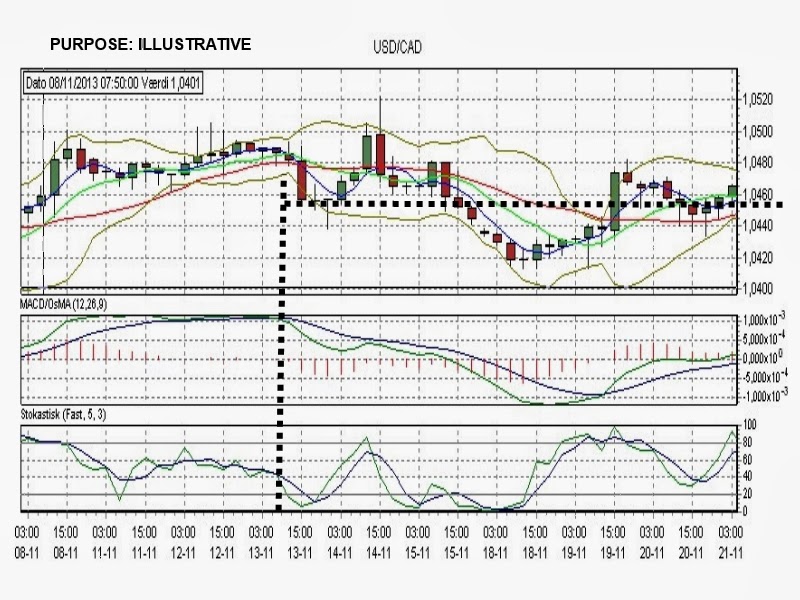Correlation between currency pairs, price developments
and indicators are thought a trader has to give consideration to.
Another consideration in trading currencies is the
spread between the buying price and the selling price.
Purpose of
this post
The purpose is to give some examples and a general
idea of currency pairs with different spreads.
The content is only illustrative.
What is a
spread between the buying and selling price
A spread is the pips between the price the currency pairs are brought at and the price they are sold
at.
Why look
at the spread
The wider the spread is the longer it will take to get
profit.
Currency
pairs with different spreads
Examples of different currency pairs with different
spreads; the prices and the spreads are from the 18 of December 2013 from one
of the trading platforms; the spreads could vary from other trading platforms.
Currency
pairs with a 2 pips spread
|
EUR/USD
|
1,3741
|
1,3743
|
|
AUD/USD
|
0,8904
|
0,8906
|
|
USD/JYP
|
103,06
|
103,08
|
Currency
pairs with a 3 pips spread
|
EUR/JYP
|
141,60
|
141,63
|
|
NZD/USD
|
0,8246
|
0,8249
|
Currency
pairs with a 4 pips spread
|
EUR/CHF
|
1,2205
|
1,2209
|
|
EUR/AUD
|
1,5430
|
1,5434
|
|
USD/CHF
|
0,8880
|
0,8884
|
|
GBP/USD
|
1,6376
|
1,6380
|
Currency
pairs with a 5 pips spread
|
USD/CAD
|
1,0642
|
1,0647
|































